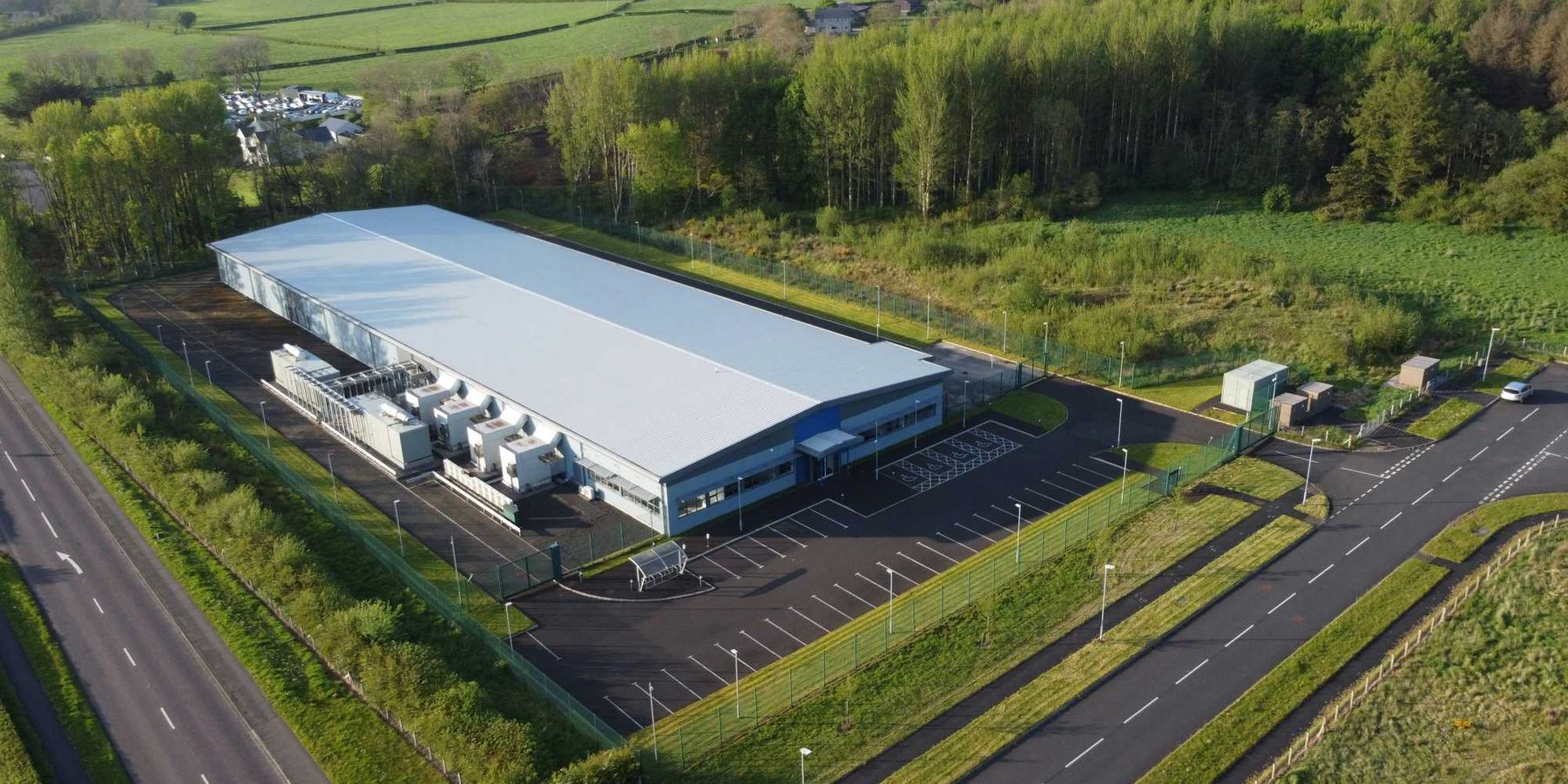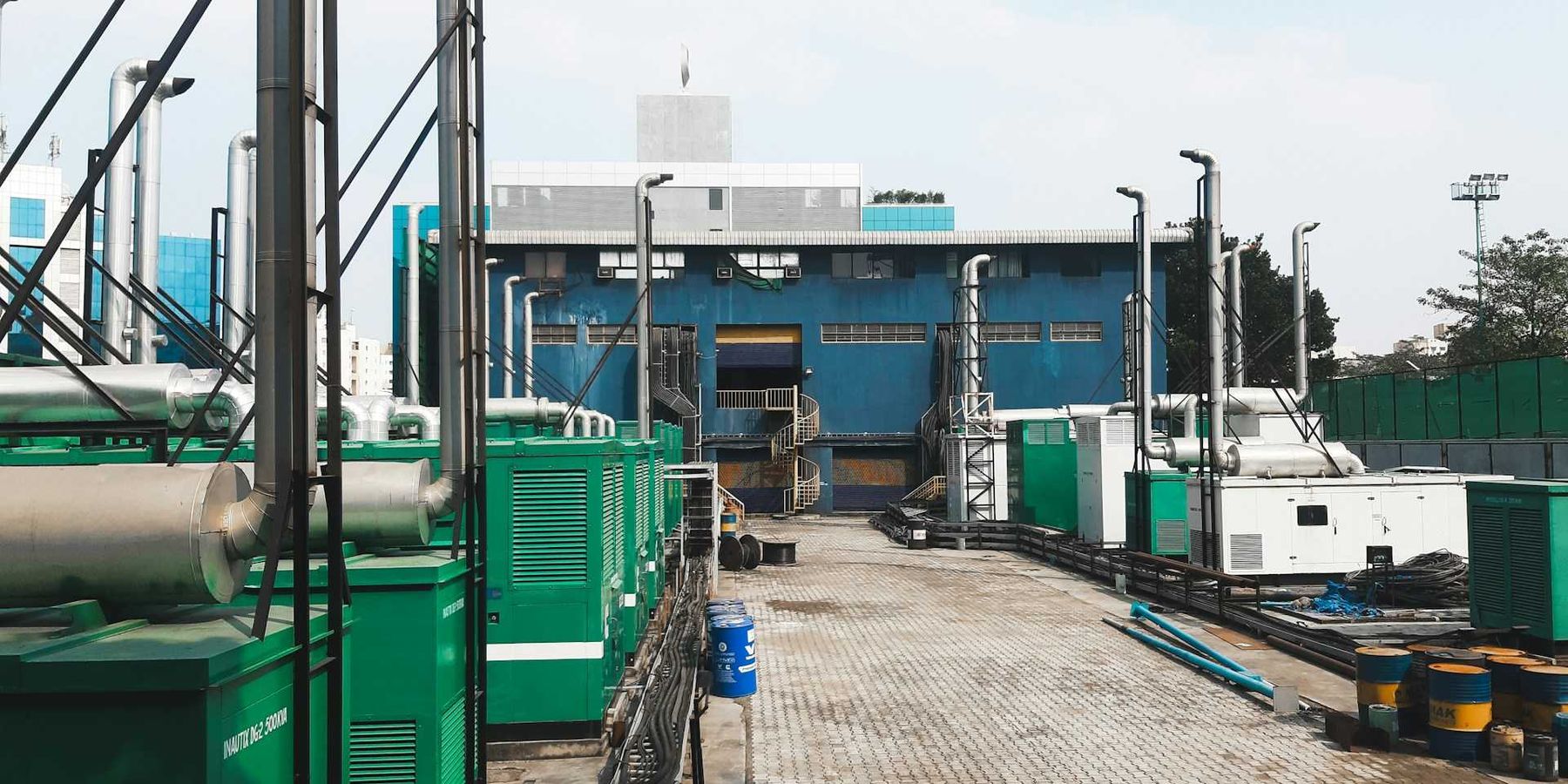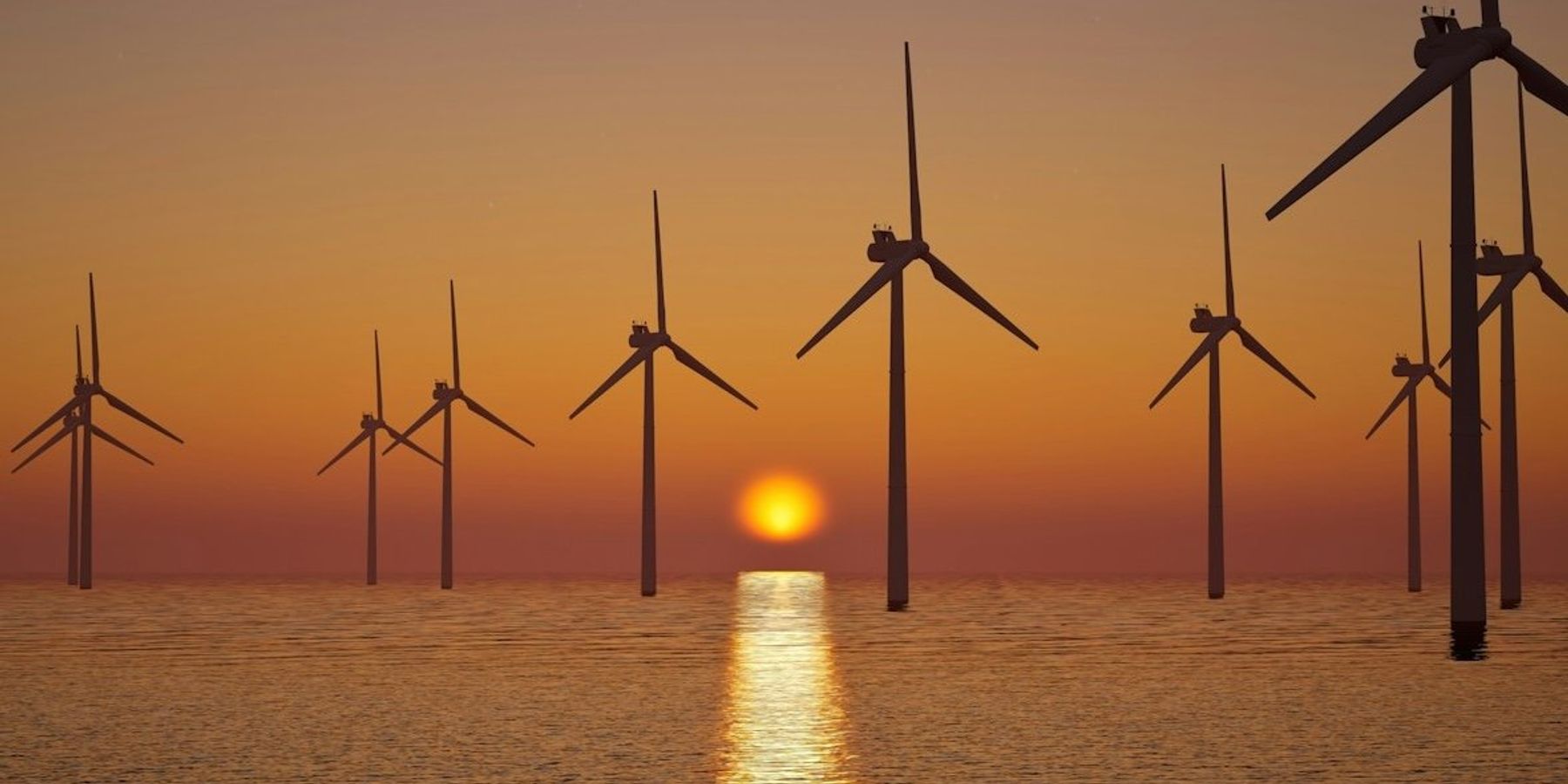Trump administration weakens OSHA penalties and inspections, raising risks for U.S. workers
A new U.S. Department of Labor policy cuts workplace safety inspections and lowers fines for small and first-time offending businesses, drawing criticism from experts who warn it will lead to more job-related deaths and illnesses.
Liza Gross reports for Inside Climate News.
In short:
- The Occupational Safety and Health Administration (OSHA) will conduct nearly 10,000 fewer inspections under an 8% budget cut and expanded fine reductions for more businesses.
- The new rules extend generous penalty reductions to companies that have never been cited — even if they’ve never been inspected — raising concerns about undetected hazards.
- Experts say the changes weaken already limited enforcement and incentives for compliance, further undermining protections as workplace deaths and illnesses remain high.
Key quote:
“They’re giving a free pass to employers who have never been inspected before.”
— Jordan Barab, former OSHA deputy assistant secretary of labor
Why this matters:
Workplace injuries and deaths remain a persistent, preventable burden across the U.S., with nearly 5,300 workers killed on the job in 2023 alone and tens of thousands more dying each year from long-term occupational diseases. Weak enforcement of safety rules — especially in high-risk industries like construction, manufacturing, and chemical processing — means workers often labor in environments where known hazards go uncorrected. Fewer inspections and lighter fines remove key deterrents that can pressure employers to fix unsafe conditions. Reduced oversight not only threatens the lives and health of workers but can also increase the public health toll, particularly in communities already overburdened by environmental exposures and economic inequality. Lower penalties may offer short-term relief for small businesses, but they come at a high human cost.
Learn more: Heat protections for workers stall as summer temperatures soar













